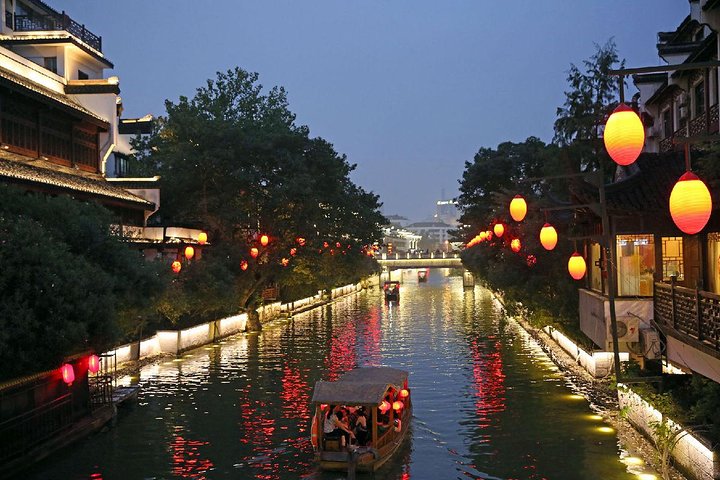Nanjing’s Historical Charms: A Bullet Train Adventure from Wuxi
Intrigued by the blend of modernity and tradition, I embarked on a journey to Nanjing via bullet train. The promise of exploring historical sites with a local guide was too enticing to resist.
A Journey Through Time: The Bullet Train to Nanjing
The day began with a sense of anticipation as I boarded the sleek and modern bullet train from Wuxi to Nanjing. The train, a marvel of engineering, whisked me away at incredible speeds, yet the ride was smooth and serene. As the landscape blurred past, I found myself reflecting on the juxtaposition of modernity and tradition that defines so much of Asia. The train itself was a symbol of progress, yet it was taking me to a city steeped in history.
Upon arrival in Nanjing, I was greeted by my local guide, whose knowledge and passion for the city were immediately apparent. Our first stop was the Mausoleum of Dr. Sun Yat-sen, a revered figure in Chinese history. The mausoleum, nestled in the lush greenery of Purple Mountain, was both grand and tranquil. As we ascended the steps, my guide shared stories of Dr. Sun Yat-sen’s vision for China, painting a vivid picture of a man who was both a revolutionary and a unifier. The panoramic view of Nanjing from the top was breathtaking, a reminder of the city’s enduring legacy.
Exploring the Xiaoling Tomb of the Ming Dynasty
Next, we ventured to the Xiaoling Tomb of the Ming Dynasty, a UNESCO World Heritage Site. The path leading to the tomb was lined with mythical stone animals, guardians of the past. Walking along this sacred path, I felt a deep connection to the history that surrounded me. The architecture of the tomb was awe-inspiring, a testament to the craftsmanship and artistry of the Ming era.
My guide’s commentary brought the history to life, weaving tales of emperors and empresses, of power and legacy. The gardens surrounding the tomb were a serene escape, their beauty a reflection of the harmony between man and nature. As I wandered through the gardens, I couldn’t help but think of the cultural significance of such sites, not just as tourist attractions, but as living monuments to a rich and complex history.
Reflecting on History at the Nanjing Massacre Memorial
In the afternoon, we visited the Memorial of the Nanjing Massacre, a somber and poignant reminder of the city’s more recent past. The memorial was a stark contrast to the ancient sites we had visited earlier, yet it was an essential part of understanding Nanjing’s history. The exhibits were powerful, evoking a range of emotions as they recounted the events of the massacre.
As I walked through the memorial, I was struck by the resilience of the human spirit, the ability to remember and honor the past while striving for a better future. It was a humbling experience, one that left a lasting impression on me.
The day concluded with a return journey on the bullet train, my mind filled with the stories and images of Nanjing. This Nanjing Day Tour was more than just a tour; it was a journey through time, a chance to connect with the past and reflect on the present. Nanjing, with its blend of history and modernity, had left an indelible mark on my heart.














































